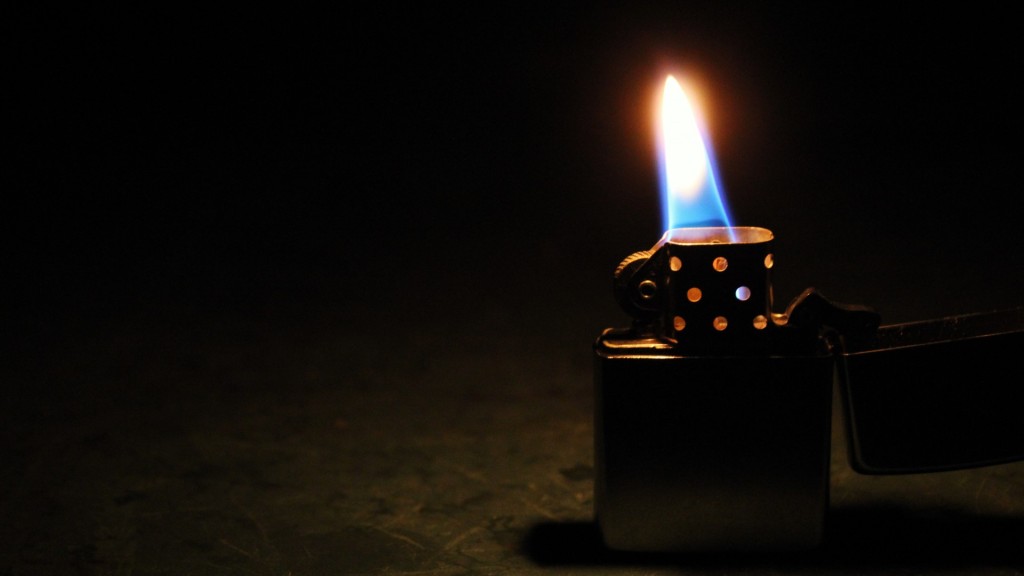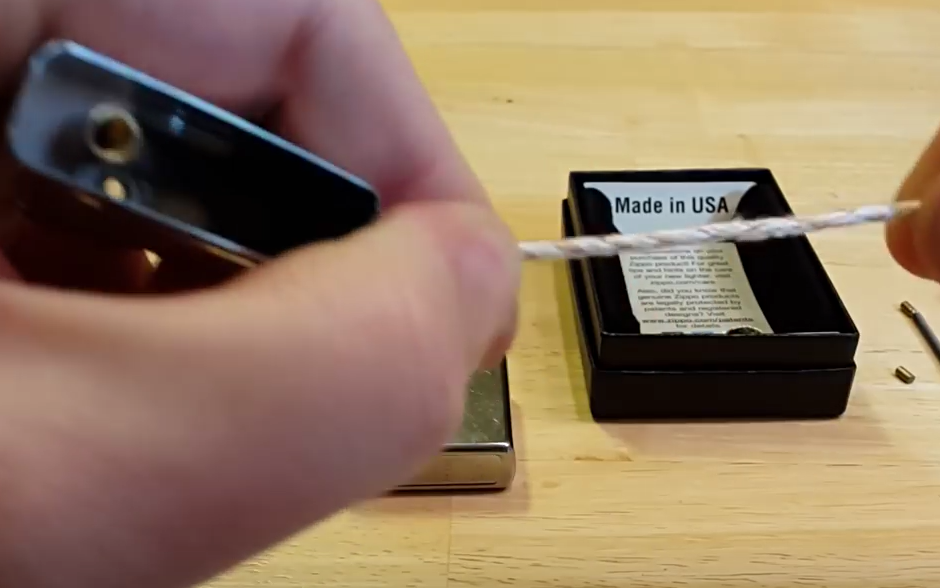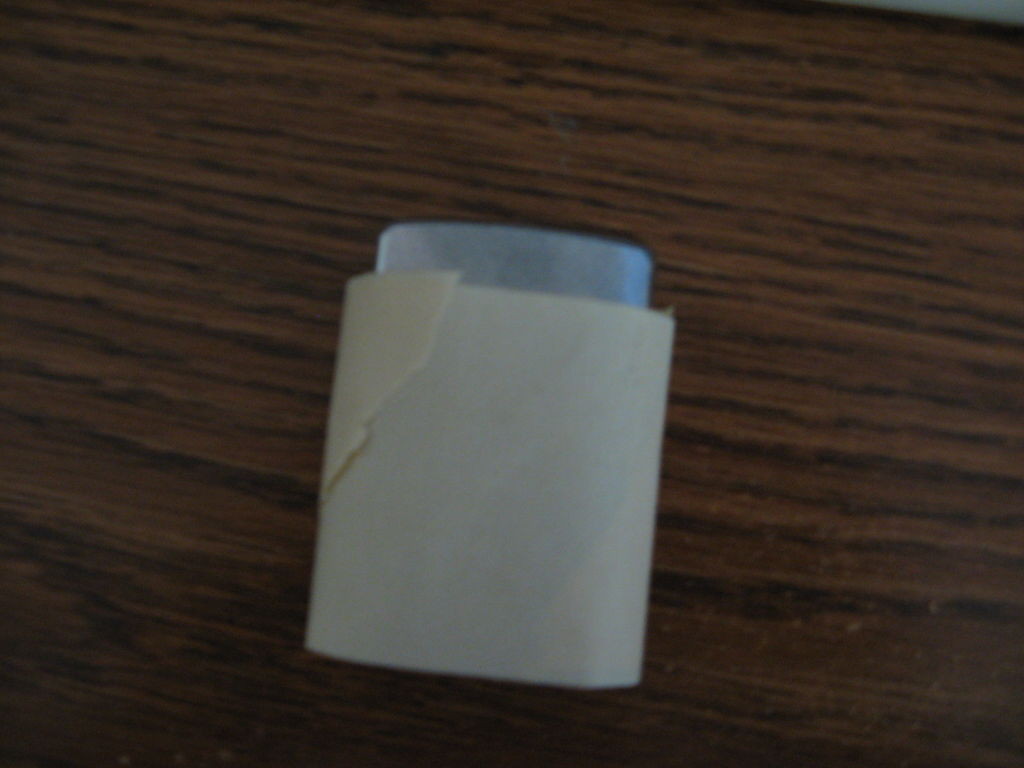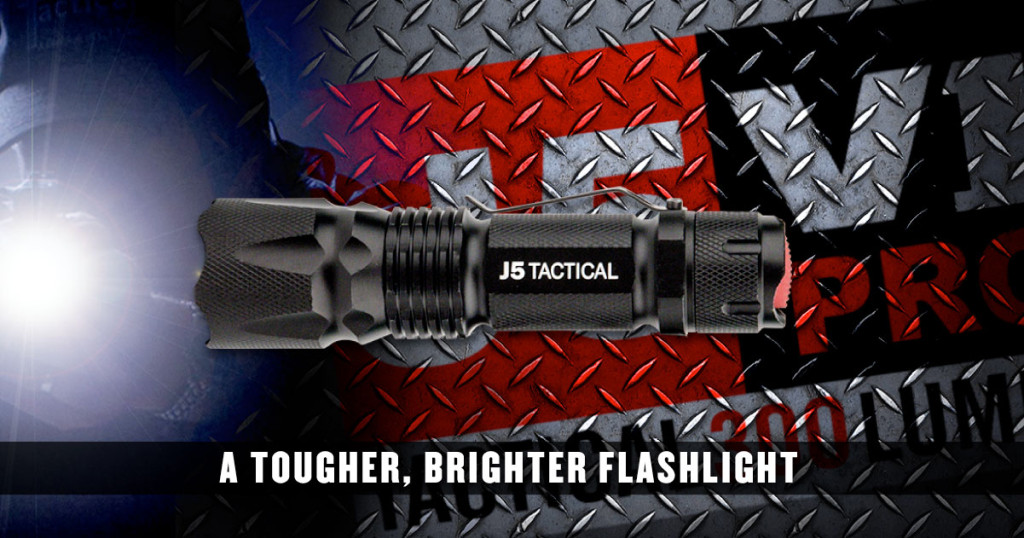An ordinary lighter is a very important resource to have on hand, even if you don’t smoke. Their durability, reliability and ease of care make them one of the best lighters in the world. You can also increase your fire-starting options by making some simple modifications to your Zippo, and these little tricks can help you if you ever get in a jam. Let’s take a look at how easy it is to optimize your lighter into a super fire-starting tool.
The first trick is to replace the fibrous material that rests in the bottom of the fuel reservoir with some cotton balls. The cotton will soak up fuel and give you an ignition source if your lighter ever runs out of gas. Simply pull off some of the cotton, place it on some kindling and strike the lighter so the sparks ignite the fuel-laden cotton. You can easily pack enough cotton into the bottom of the lighter to be able to get a few good fires going.
Another great idea is to place some extra wicks into the fuel reservoir above the cotton as well. This will help to keep you from losing them during transport, and the material will also soak up fuel. The wicks will ignite faster and with minimal sparking, and this can help you to avoid running out of flint so quickly as well. You can also place some flint into the reservoir above the cotton, and the fuel will not impact its ability to ignite.
You can also use other types of fuel in a Zippo lighter as long as the wick will soak up and retain the liquid. Just keep in mind that fuels burn at different temperatures and different rates. If you use alcohol, expect to run out of gas in about a minute or so whereas you can get up to 20 or more lights per refill if you use gasoline. You can also use lantern fuel and some kinds of oil if you are stuck as well.
One of the biggest drawbacks to Zippo lighters is that they can lose a lot of fuel from spillage or evaporation. However, you can wrap the lighter in some duct or electrical tape as well as a piece of rubber tubing as a way to seal it up better. While this will not prevent fuel from disappearing, it will slow down the rate of depletion. Taping a good seal can also help to make the lighter more efficient by needing less fuel to ignite the flame as well.
You can also use the spark from a Zippo to light saturated materials or char-cloth instead of needing a ignition-strike tool or rubbing pieces of wood together to get a spark for a fire going. The sparks are generally big enough to ignite the right material, which makes this lighter particularly useful if it runs out of fuel.
Hopefully you will have more than one ignition source handy, but just knowing what you can do with a Zippo can give you some additional options as well. Get in the habit of stocking and carrying a good Zippo wherever you go, and keep these ideas in mind because they may come in handy one day.




